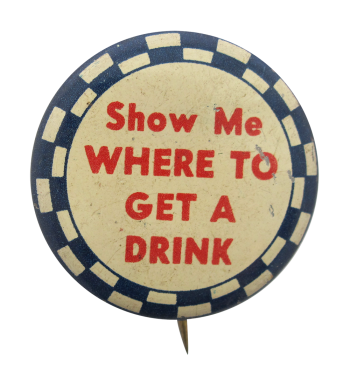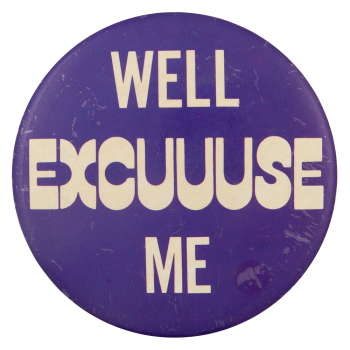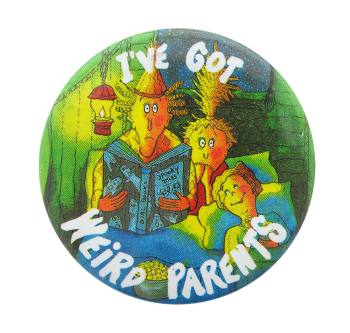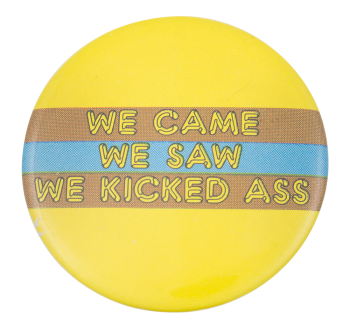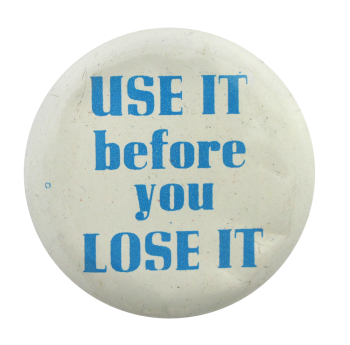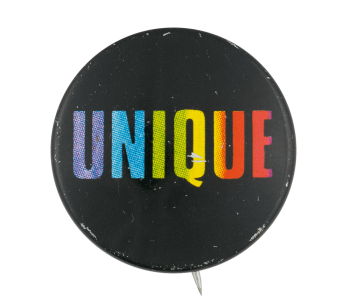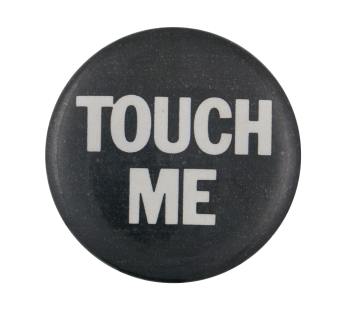Where's the Beach
| Category | |
|---|---|
| Additional Images | |
| Sub Categories | |
| Text on Button | Where's the Beach |
| Image Description | Gnarly wave under red text over ocean-blue background. |
| Curl Text | Illegible |
| Back Style | |
| The Shape | |
| The Size | |
| Additional Information | This specific slogan, “Where’s the Beach,” evokes a feeling of longing or contrast (perhaps someone stuck at work or in a non-beach environment), using the beach motif as an idealized escape. It can be a literal question or a metaphorical one, similar to asking, "Where's the getaway?" or "Where's the escape?" It plays into vacation and holiday culture. The wording indicates a fun, relaxed tone, typical of quirky souvenirs associated with summer and beach life. Its bright colors and wave design convey the easygoing feeling of being on vacation, while echoing the look of surf towns and coastal getaways. The phrase expresses a lighthearted, joking desire to be somewhere sunnier. Buttons like this let people showcase their moods and their love for the beach as the ultimate destination. |
| Sources |
Beachgoing. (2025, July 3). In Wikipedia. Retrieved from November 7, 2025, from https://en.wikipedia.org/wiki/Beachgoing Surf culture. (2025, November 3). In Wikipedia. Retrieved November 7, 2025, from https://en.wikipedia.org/wiki/Surf_culture |
| Catalog ID | IB0429 |



